NASA%20astronaut%20%27accessed%20ex-partner%27s%20bank%20account%20from%20space%20station%27%20%7C%20US%20news%20%7C%20The%20Guardian.
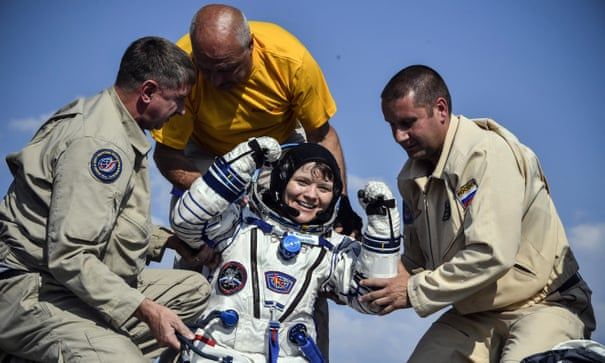

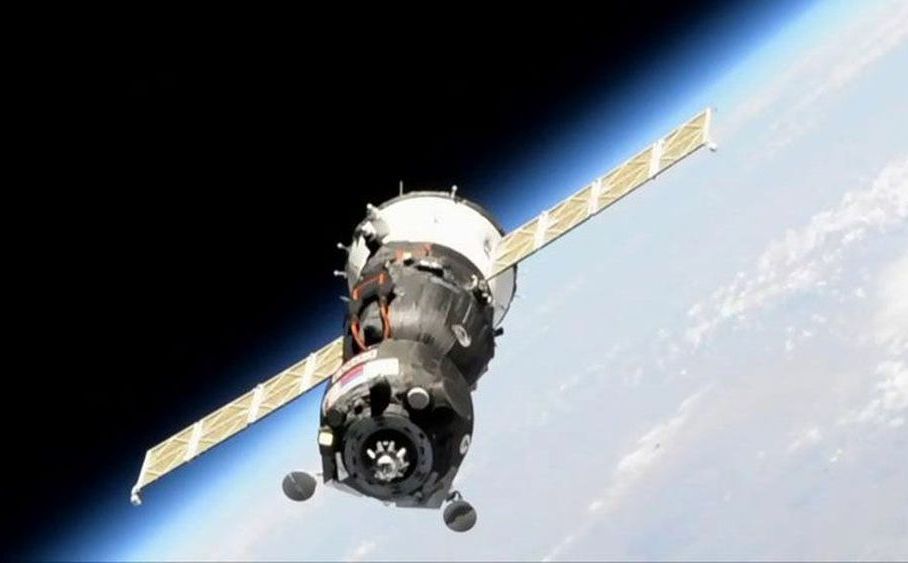
A Russian Soyuz spacecraft carrying a humanoid robot failed to dock with the International Space Station (ISS) on Saturday morning, Russian state news agencies reported.
The Soyuz MS-14 crew ship launched from the Baikonur Cosmodrome in Kazakhstan on August 21 with the Skybot F-850, a life-sized artificially intelligent humanoid robot, on the commander’s seat.
Given the issues, emerged during the docking of the #SoyuzMS14 spacecraft with the ISS, the state commission chaired by Roscosmos Director General Dmitry Rogozin will held a meeting to consider the situation and discuss the measures to overcome the fault in the docking system. pic.twitter.com/turpSi08Rf
It’s a lunar lander named ‘Peregrine’, developed by the space robotics company to deliver payloads to the Moon for various companies, governments, universities, non-profits, and individuals for $1.2 million per kilogram. Astrobotic was selected by NASA in May 2019 for a $79.5 million contract to deliver up to 14 payloads to the Moon in 2021, under the agency’s Commercial Lunar Payload Services (CLPS) program.
To date, Astrobotic has signed 16 customers for lunar delivery on that first mission, totaling 28 payloads from 8 nations and comprising resource development, scientific investigation, technology demonstration, exploration, marketing, arts, and entertainment. The vehicle has already passed an industry-standard Preliminary Design Review, and the program will build and test a Structural Test Model, followed by a Critical Design Review, later this year.
Launch is currently slated for June 2021, with a planned landing a month later in Lacus Mortis, a large crater on the near side of the Moo n with payloads such as instruments to conduct new lunar science, pinpoint lander position, measure the lunar radiation environment, assess how lander and astronaut activity affects the Moon, and assist with navigation precision, among other capabilities.

Pluto was long considered our solar system’s ninth planet. Although small, it orbits the sun and has the spherical shape required to be considered a planet.
But today marks 13 years since Pluto received a harsh drop in status — officially dubbed Pluto Demotion Day.
Pluto was relegated in 2006 when the International Astronomical Union (IAU) created a new definition for planets and decided Pluto did not fit the bill.
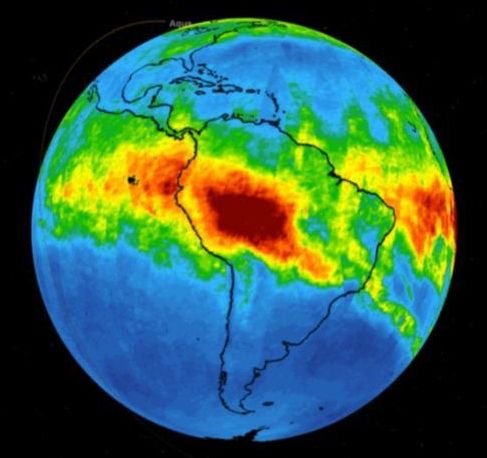
NASA has published a new sequence showing the carbon monoxide plume generated by the wildfires in Brazil, tracking the changes each day starting from August 8. The country has experienced record wildfires this year, and, as of August 23, has more than 2,500 active fires throughout the Amazon. NASA’s time-series map shows the carbon monoxide concentrations at an altitude of 18,000ft.

O.o.
Stellarators, twisty machines that house fusion reactions, rely on complex magnetic coils that are challenging to design and build. Now, a physicist at the U.S. Department of Energy’s (DOE) Princeton Plasma Physics Laboratory ( PPPL ) has developed a mathematical technique to help simplify the design of the coils, making stellarators a potentially more cost-effective facility for producing fusion energy.
“Our main result is that we came up with a new method of identifying the irregular magnetic fields produced by stellarator coils,” said physicist Caoxiang Zhu, lead author of a paper reporting the results in Nuclear Fusion. “This technique can let you know in advance which coil shapes and placements could harm the plasma ’s magnetic confinement, promising a shorter construction time and reduced costs.”
Fusion, the power that drives the sun and stars, is the fusing of light elements in the form of plasma — the hot, charged state of matter composed of free electrons and atomic nuclei — that generates massive amounts of energy. Twisty, cruller-shaped stellarators are an alternative to doughnut-shaped tokamaks that are more commonly used by scientists seeking to replicate fusion on Earth for a virtually inexhaustible supply of power to generate electricity.
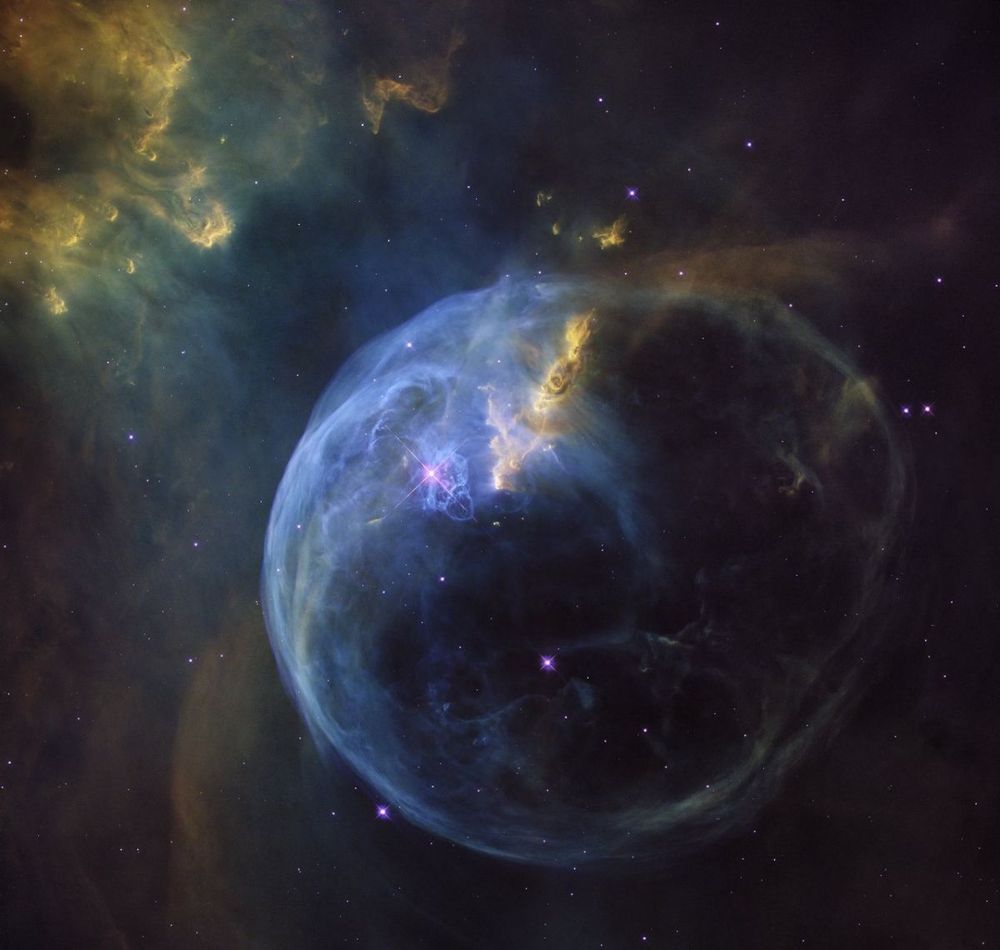
The first-ever artificial intelligence simulation of the universe seems to work like the real thing — and is almost as mysterious.
Researchers reported the new simulation June 24 in the journal Proceedings of the National Academy of Sciences. The goal was to create a virtual version of the cosmos in order to simulate different conditions for the universe’s beginning, but the scientists also hope to study their own simulation to understand why it works so well.
“It’s like teaching image-recognition software with lots of pictures of cats and dogs, but then it’s able to recognize elephants,” study co-author Shirley Ho, a theoretical astrophysicist at the Center for Computational Astrophysics in New York City, said in a statement. “Nobody knows how it does this, and it’s a great mystery to be solved.” [Far-Out Discoveries About the Universe’s Beginnings].
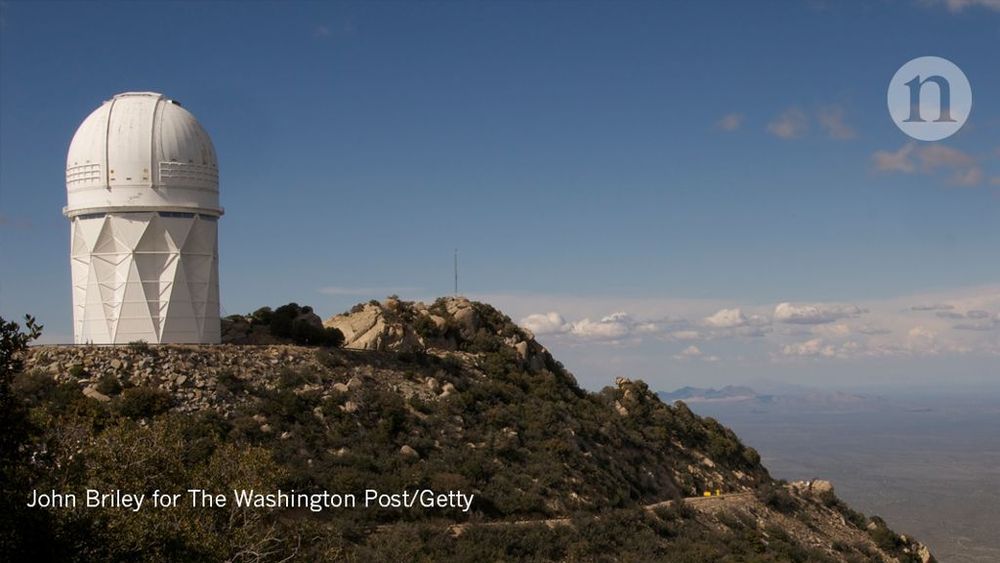
A few hundred episodes ago, I answered the question, “What is the Universe Expanding Into?” The gist of the answer is that the Universe as we understand it, isn’t really expanding into anything.
If you go in any one direction long enough, you just return to your starting point. As the Universe expands, that journey takes longer, but there’s still nothing that it’s going into.

“We don’t have the official results of that testing, but we are told it went very, very well, so we are really excited about that,” Lindsey said.
Key to SNC’s habitat design is its ability to grow in volume once it is launched into space. The Large Inflatable Fabric Environment, or LIFE, habitat can start out compact enough to fit inside an 18-foot (5.4 meters) rocket fairing but then expand to 27 feet in diameter and 27 feet long (8 by 8 m).